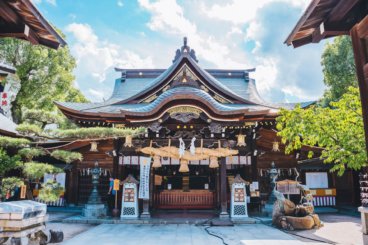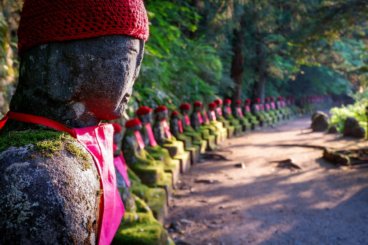Even if you’re not normally a fan of cold weather, there are several good reasons for travelers to consider visiting Japan in winter.
Japan is well known for the beauty of its seasons. The cherry blossoms in spring. Vibrant fall foliage. Even the lively festivals (matsuri) of summer.
Yet winter is often overlooked, despite offering some of Japan’s most sublime experiences — and fewer tourists. (See our full article on the seasons and when to visit Japan).
Because we love winter in Japan both for its unique experiences and its relative lack of crowds, we’ve compiled a few of our favorite things about this underrated season. Get yourself cozy and read on!
Originally written in November 2014, this post was updated and republished on June 4, 2020.
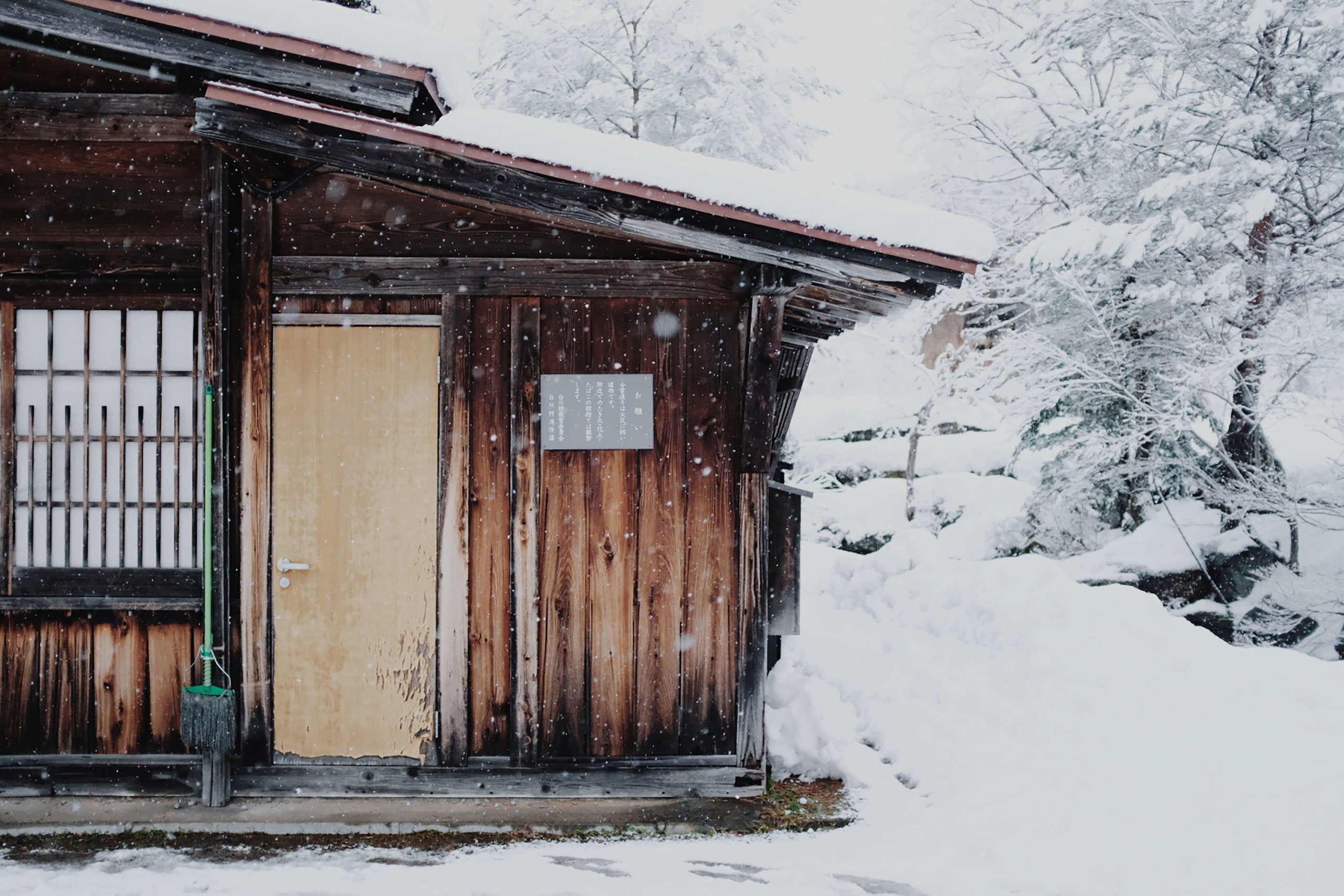
Weather in Japan in Winter
The weather in most parts of Japan in winter is cold – this much is true. But if you enjoy the art of coziness, you will love the feel of winter here.
When Is Winter in Japan?
Generally speaking, Japan’s winter lasts from December through mid-March, but the duration and intensity depend quite a bit on geography. In many parts of Japan (including Tokyo, Kyoto, and Osaka) winter temperatures range from approximately 25 to 45 °F (-4 to 7 °C), but in places like Hokkaido and the Japanese Alps it can get much colder.
In mountainous and northern areas of Japan the winter is longer and more severe, while in southern and western parts of the country it can be a lot milder. For example, places like Hokkaido, Tohoku, and the Japan Alps experience a longer and more intense winter than places such as Kyushu, Shikoku, and Okinawa (where it’s dramatically milder). Mountainous and northern parts of Japan are also blessed with abundant snowfall.
Now that we’ve covered a little background, let’s dive into what makes Japan such an appealing winter destination!
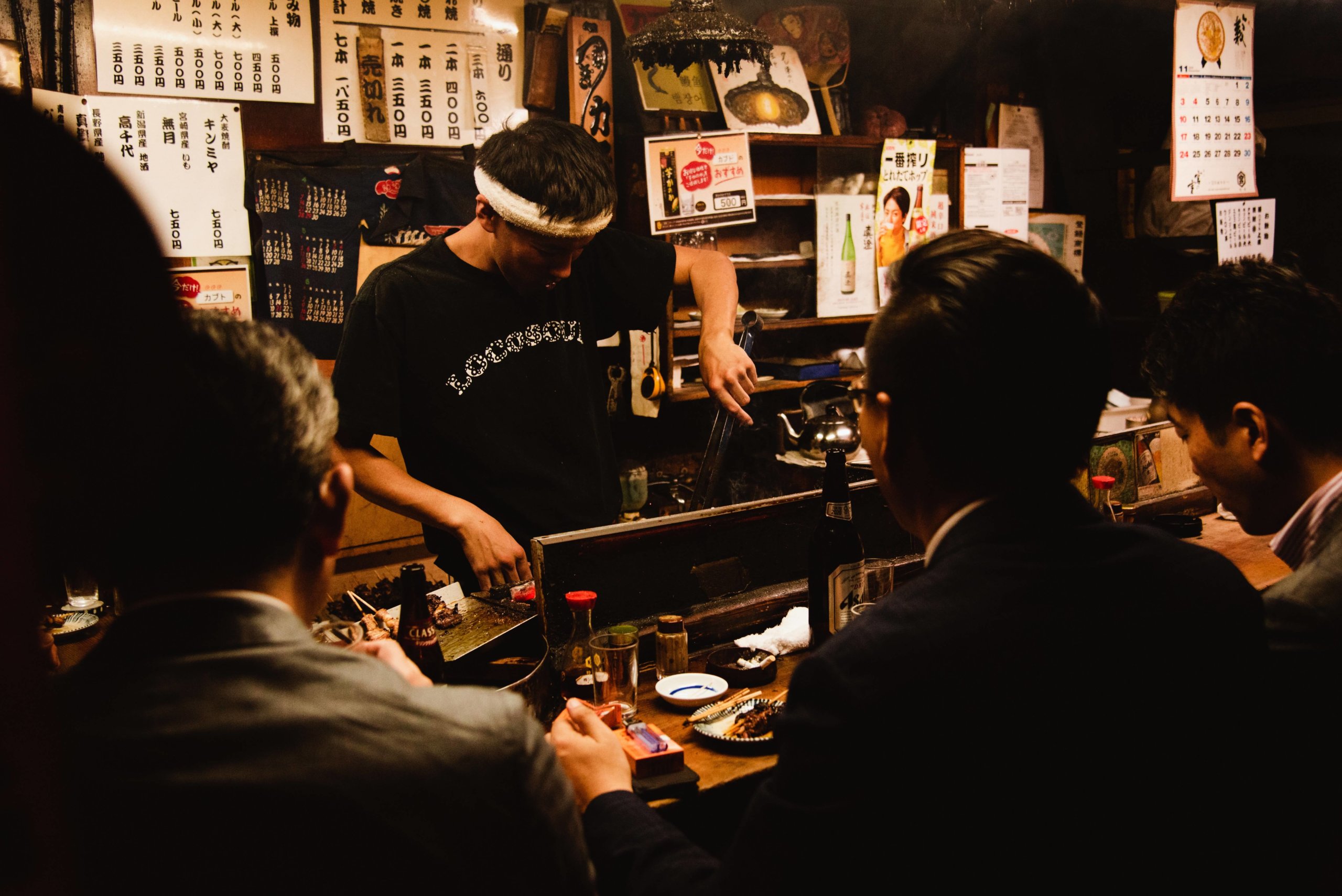
1. Japanese Wintertime Food
Eating local and seasonal food is nothing new in Japan, where people think little of traveling across the country to sample a local specialty in season. But while food is always a great reason to travel to Japan, winter is in some ways the best time of year for culinary travelers.
You’ll find extraordinary seasonal specialties at top sushi shops in Tokyo, and other sushi meccas such as Kanazawa, Toyama, Fukuoka, and Hokkaido. Hiroshima and Tohoku are just two of countless destinations for oysters, where you can savor the bounty of winter paired with local nihonshu (sake).
But it’s not all seafood.
If you’re in Sapporo, on the northern island of Hokkaido, make sure to sample the heartwarming comfort foods of soup curry and miso ramen. Winter also marks the appearance nationwide of two wintertime favorites: oden and nabe.
Oden can be found everywhere from oden-specialty restaurants to izakayas (see below) and even convenience stores. Large simmering pots of dashi-based broth slow cook ingredients such as daikon, boiled eggs, tofu, and more. Nabe are generally stews (often translated as “hotpot”) composed of any of a wide range of ingredients, from vegetables to meat and seafood. Nabe is traditionally shared with friends or family, and there’s nothing more convivial than gathering around the table to enjoy one, especially in winter!
Speaking of convivial, few things are more comforting than warming up at a local izakaya over small tapas-style plates and sake (see our full post on izakayas in Japan).
An izakaya is a neighborhood establishment where locals go both for the food and the drink (it’s often translated as “Japanese-style tavern”). They typically have eclectic menus, featuring anything from tofu, tsukemono (Japanese pickles), and grilled vegetables, to sashimi, yakitori, and karaage (fried chicken).
Eating and drinking at an izakaya is a great way to mingle with locals, and particularly comforting during winter.
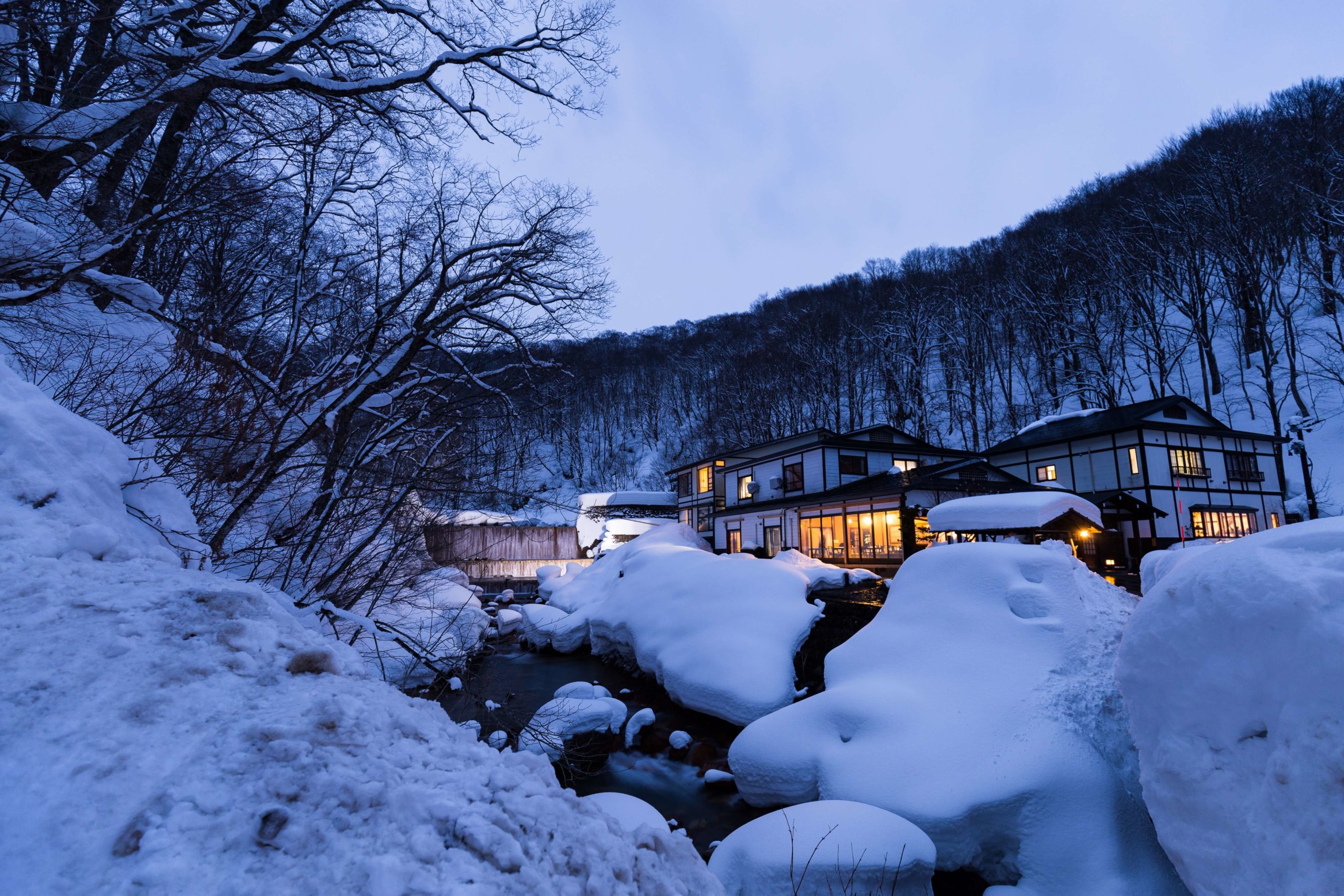
2. Snowy Onsen (Hot Springs)
Without onsen, winter in Japan would be beautiful, but perhaps not transcendent. No doubt, many countries around the world have pristine hot springs, but in Japan the art of the onsen experience has been perfected to an extraordinary degree.
Visiting a ryokan (Japanese-style inn) with onsen, particularly in winter, is a quintessential Japanese experience and not to be missed. (See more wonderful things to do in Japan.)
When staying at a ryokan with onsen, you soak in healing mineral waters, contemplate nature, drink green tea in a tatami-lined room, nap, and partake of incredible, memorable meals.
Yes, food is also an integral part of the onsen experience. A ryokan stay typically includes dinner and breakfast, both of which normally feature a beautiful array of local and seasonal specialties.
The exceptional combination of nature, culture, food, and omotenashi (Japanese hospitality) result in an experience that is both incredibly relaxing and culturally fascinating.
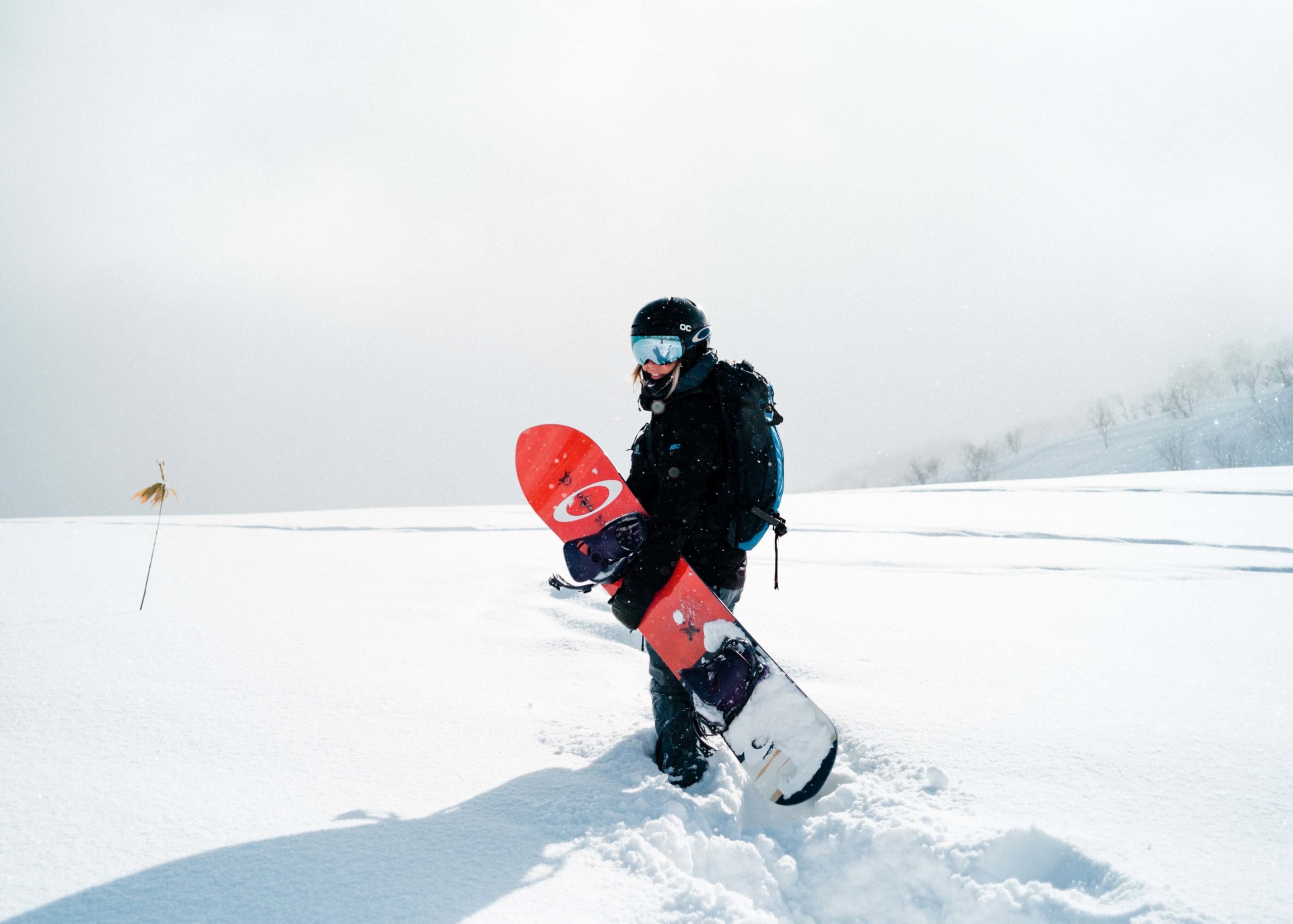
3. Japan’s Legendary Skiing and Snowboarding
What could be better than skiing or snowboarding all day, then enjoying a delicious hot meal of local Japanese cuisine, and a soak in the onsen?
Japan is blessed with abundant snowfall throughout its many mountainous regions, and you can find winter resorts around the country, particularly in Hokkaido, Tohoku, and the Japan Alps.
In Hokkaido, snowfall is so plentiful that skiers and snowboarders consider it to have some of the best-quality powder in the world. Niseko is by far Hokkaido’s best-known ski destination, and is home to luxury accommodations and a thriving culinary scene. A small handful of Hokkaido’s other notable ski areas include Rusutsu, Furano, and Tomamu.
Tohoku and the Japan Alps are both slightly easier to get to (both are easily reachable by train, whereas the easiest way to get to Hokkaido for most people is by domestic flight), and can be great alternatives if you’re not attached to Hokkaido.
The 1998 Winter Olympics were held in Nagano, in the Japan Alps, and the region’s many ski resorts include Hakuba, Shiga Kogen, and Nozawa Onsen. In the Alps, you’re also within easy reach of the famous snow monkeys (see #5 below). As for Tohoku, it’s one of Japan’s most off-the-beaten-path regions, and in addition to its many ski areas features pristine nature, history, and some of Japan’s best onsen.
While it varies a bit depending on the area, the ski season generally lasts from December to April, though expect the best conditions around January and February (naturally, it can vary a lot from year to year).
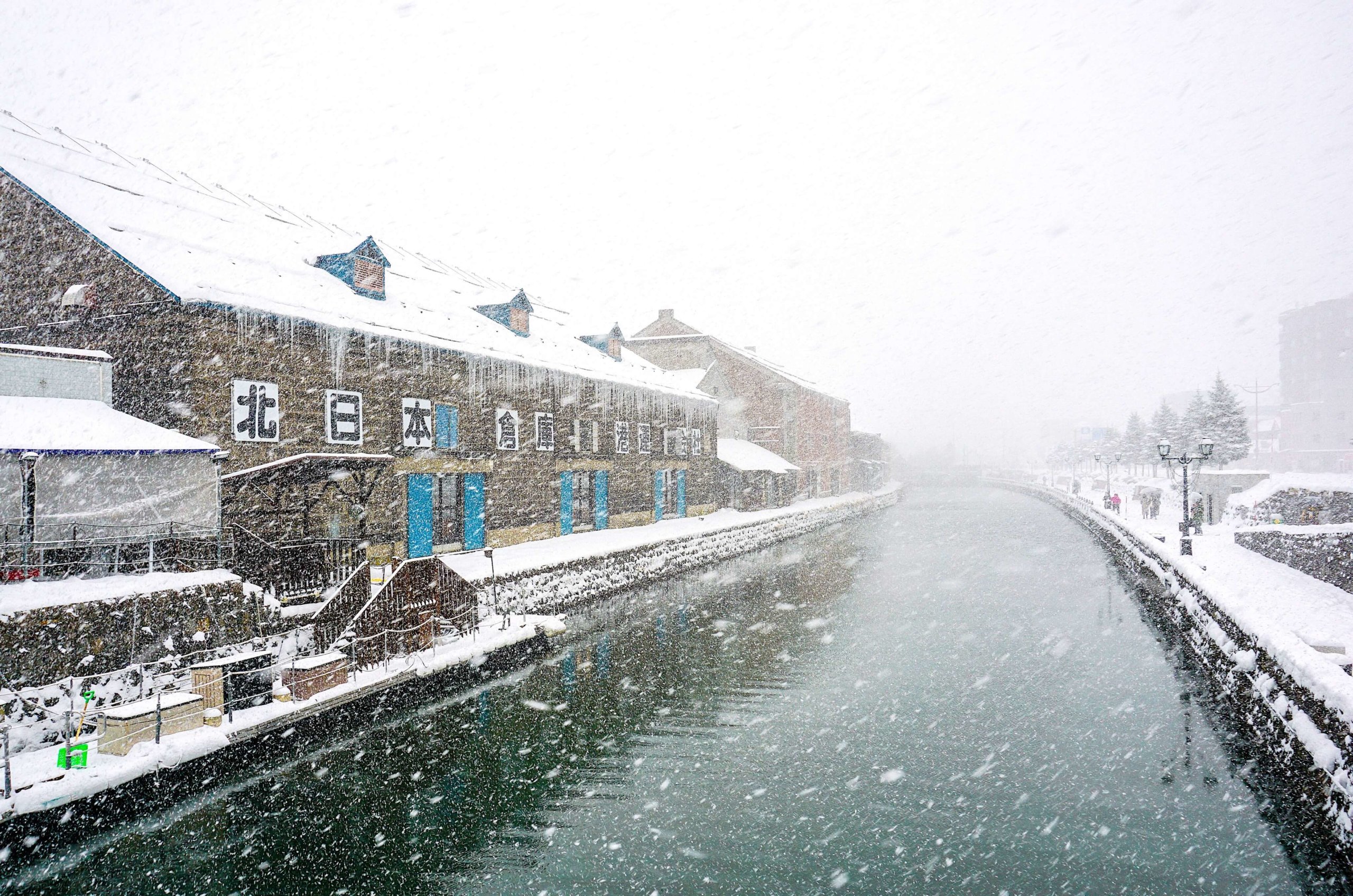
4. Fewer Crowds
If you are the type of traveler who loves getting off the beaten path, and avoiding touristy times of year, winter may be the ideal time for you to visit Japan.
Apart from the hustle and bustle of the extended New Year’s holidays, winter is generally a low season (along with New Year’s, another exception to this is around Chinese New Year, when there are many visitors from neighboring countries).
As you might expect, this doesn’t quite apply to in-demand winter resorts (see #3 above), which remain popular throughout the winter.
Ski areas notwithstanding, when speaking with clients who have flexible travel schedules, sometimes we ask: would you rather have warmer weather, or fewer tourists around?
If you don’t mind the cold, and enjoy feeling like you have a destination almost all to yourself, consider bundling up for the chilly weather and travel to Japan in winter!
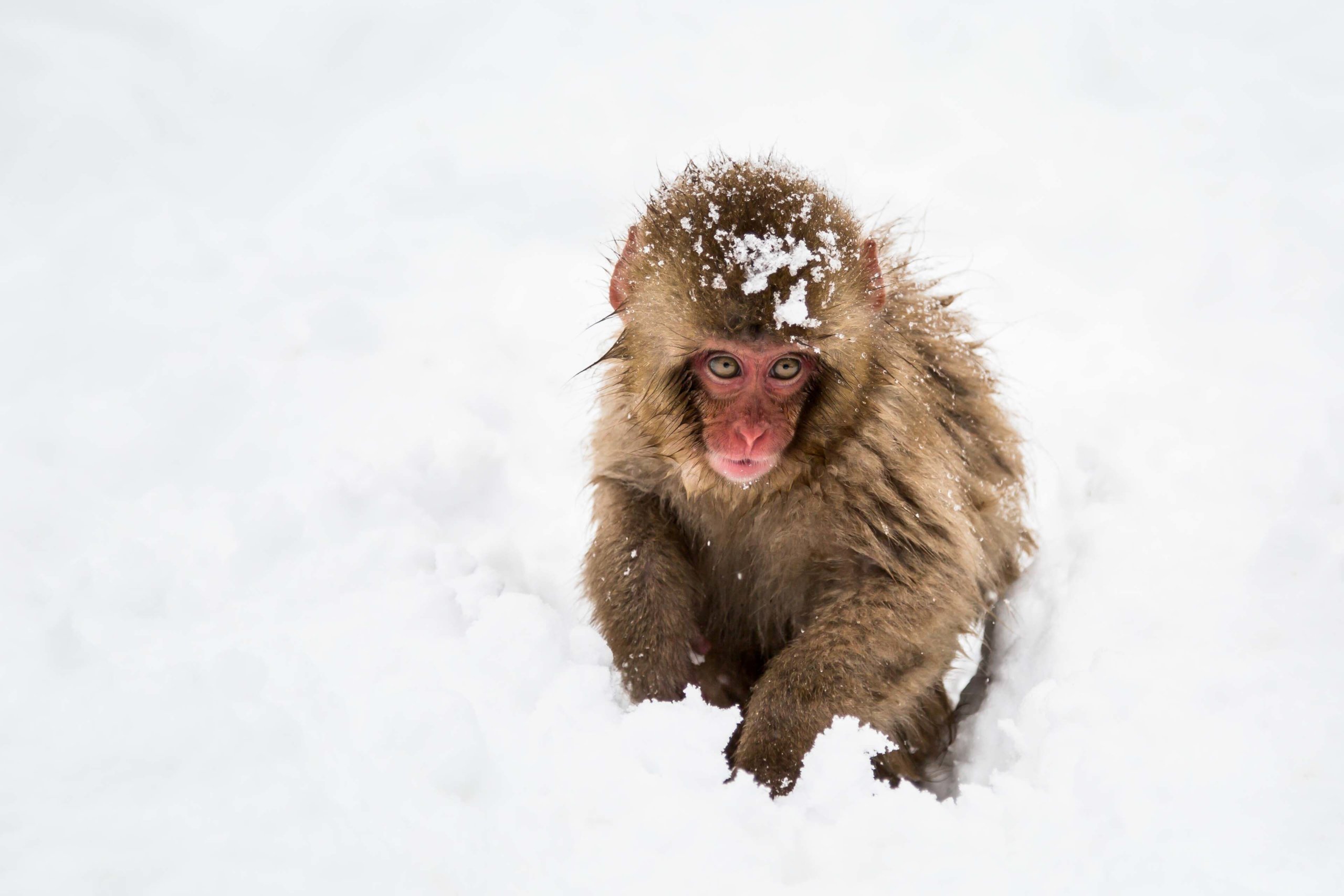
5. Snow Monkeys, the Sapporo Snow Festival, and More
Humans are not the only ones enjoying onsen (see #2 above). Especially in winter, the Japanese macaques of the famous Snow Monkey Park soak in the remote onsen of Jigokudani.
Located in the mountains of Nagano Prefecture, in the Japanese Alps, the Snow Monkey Park (Jigokudani Yaen Koen) is open throughout the year but is at its most beautiful in the dead of winter. It’s especially popular among family travelers, photographers, and of course animal lovers.
If you enjoy spectacle, consider planning in advance to attend the remarkable Sapporo Snow Festival (Yuki Matsuri). Held annually in February, Sapporo’s Yuki Matsuri is one of the world’s great winter celebrations, and features awe-inspiring ice sculptures, local cuisine, snow slides and snowball fights, ice bars, and more.
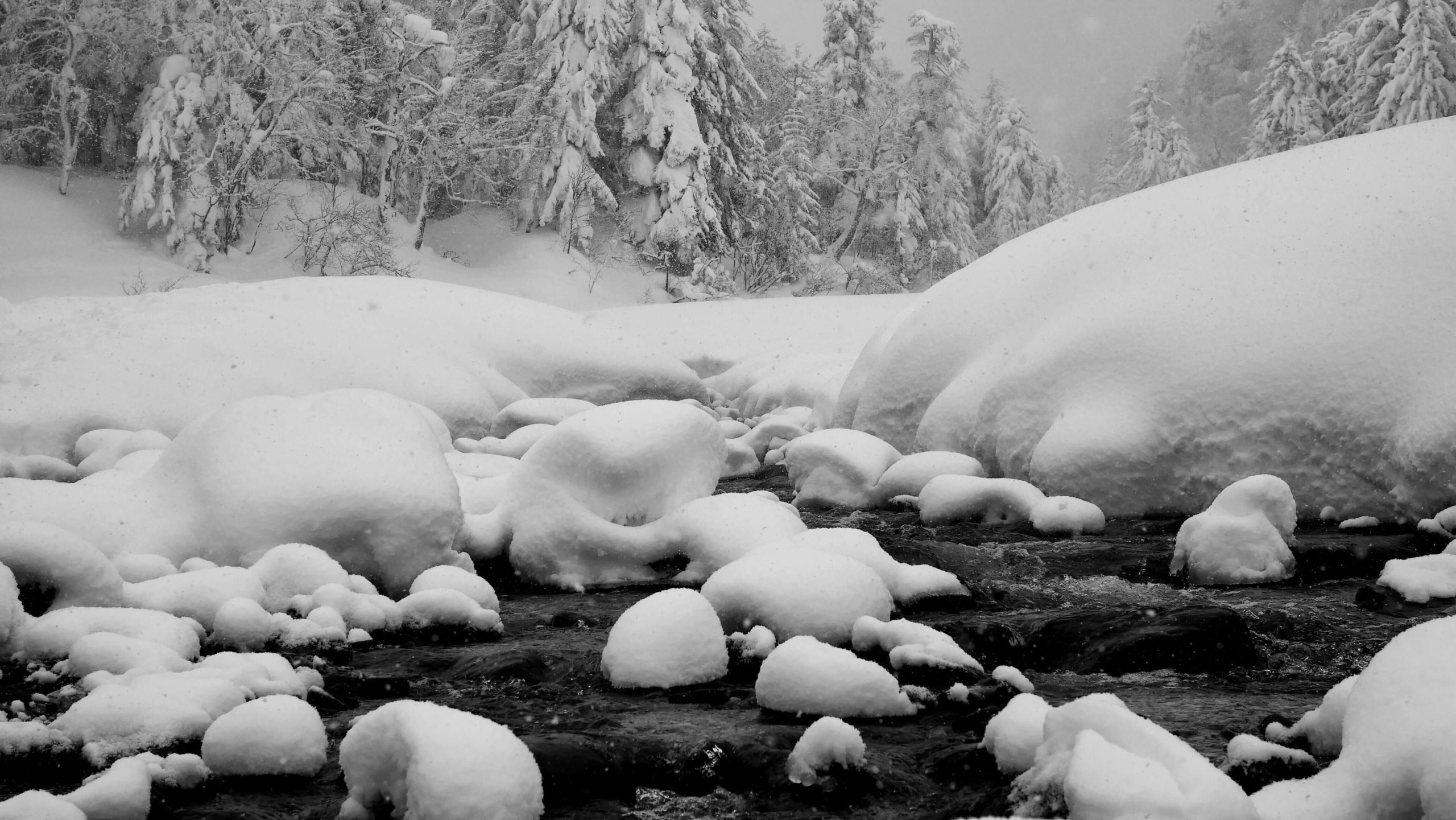
We hope our introduction to the joys of winter in Japan helps you as you plan your adventure!

